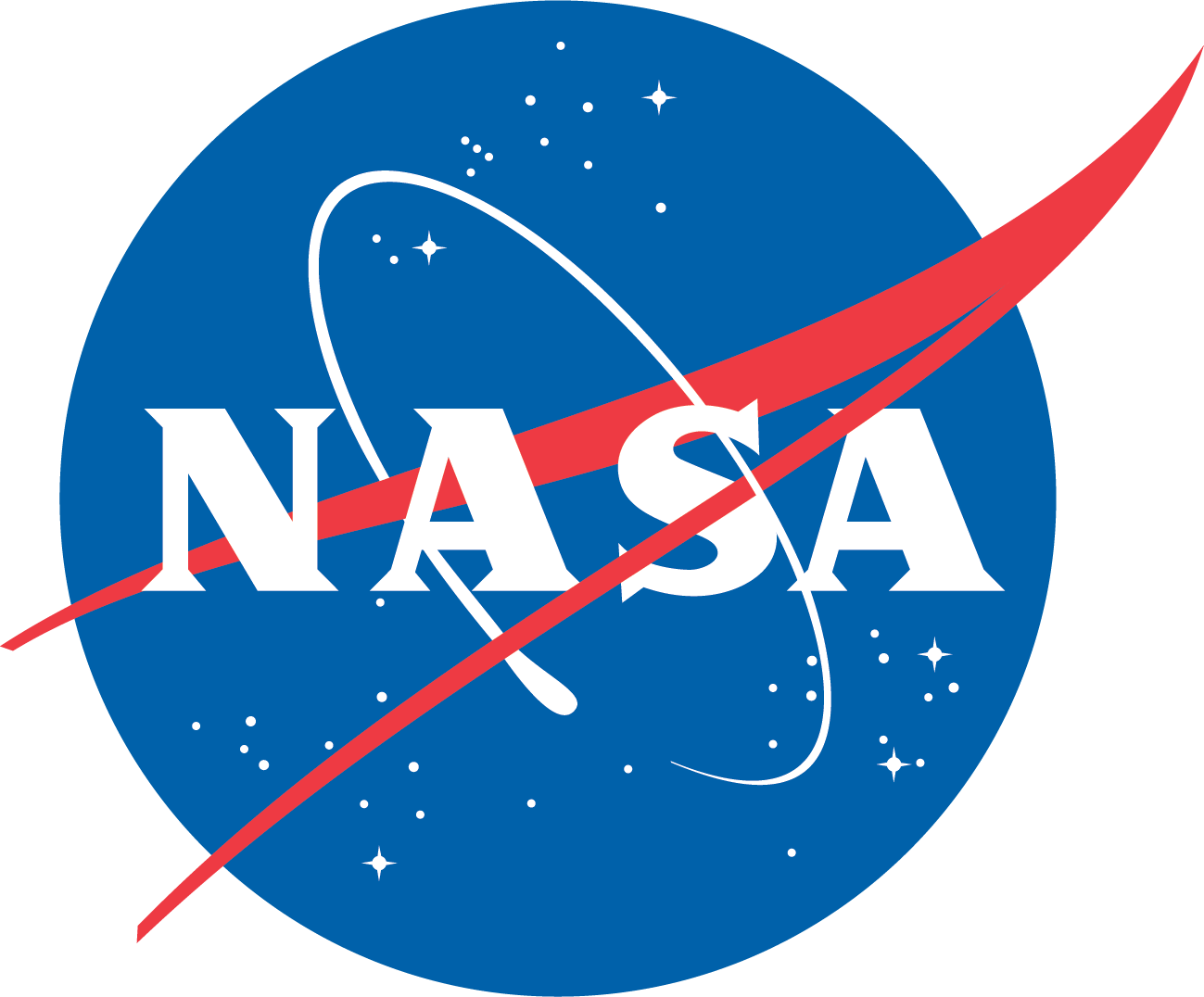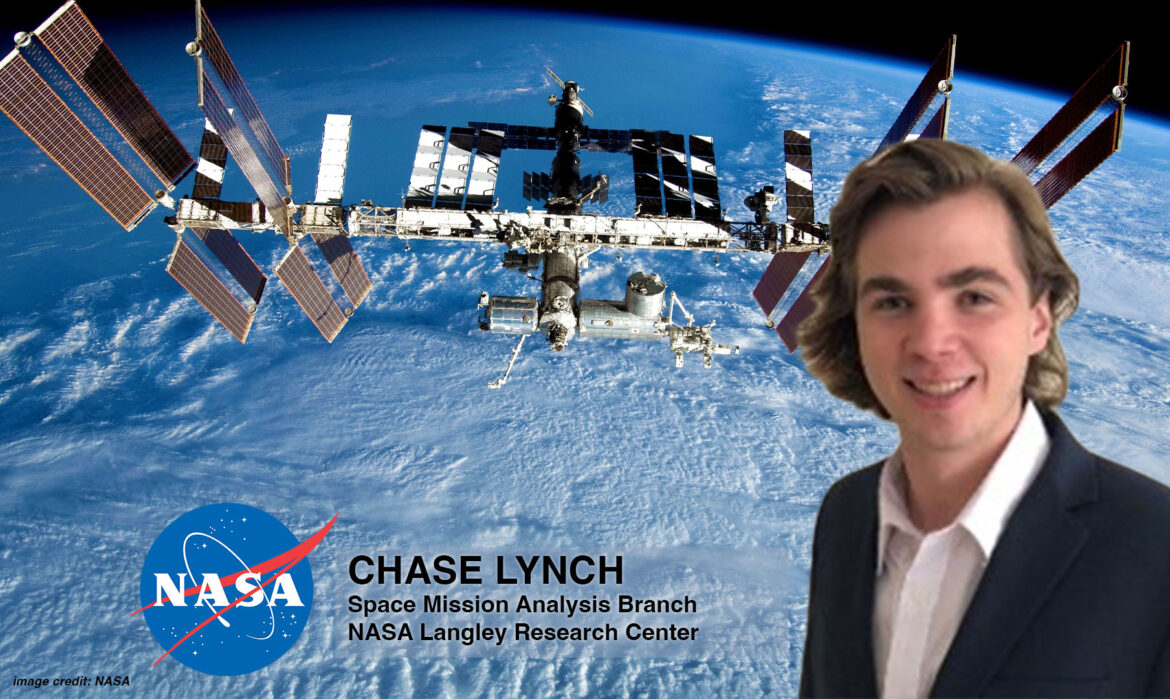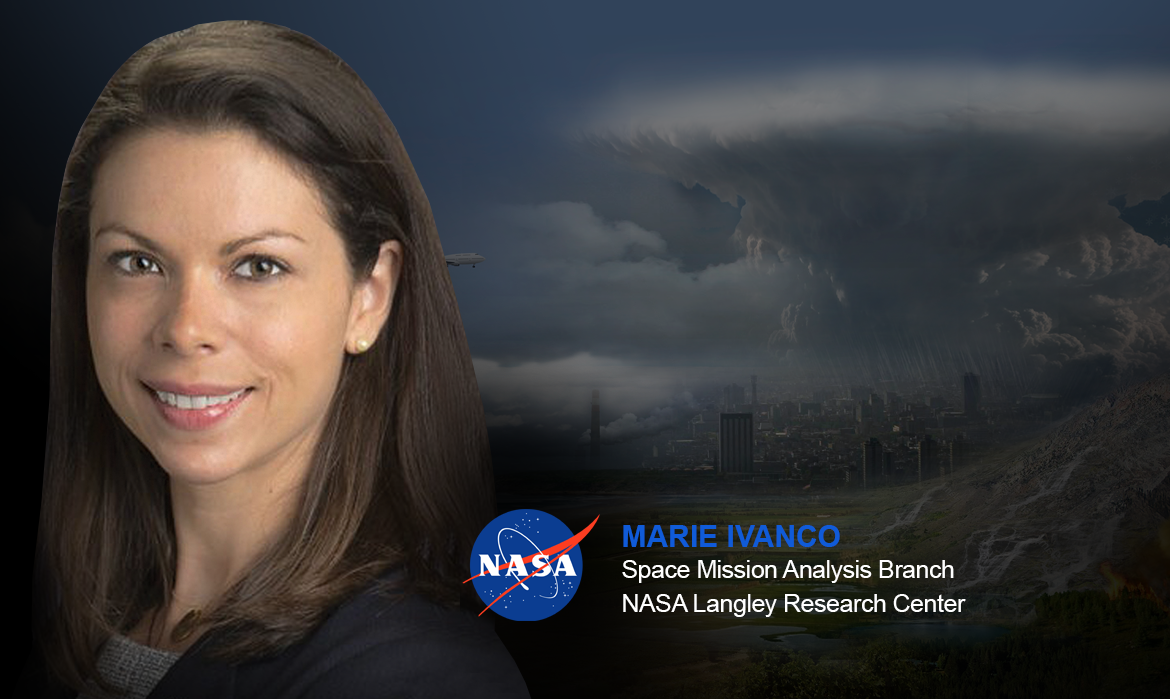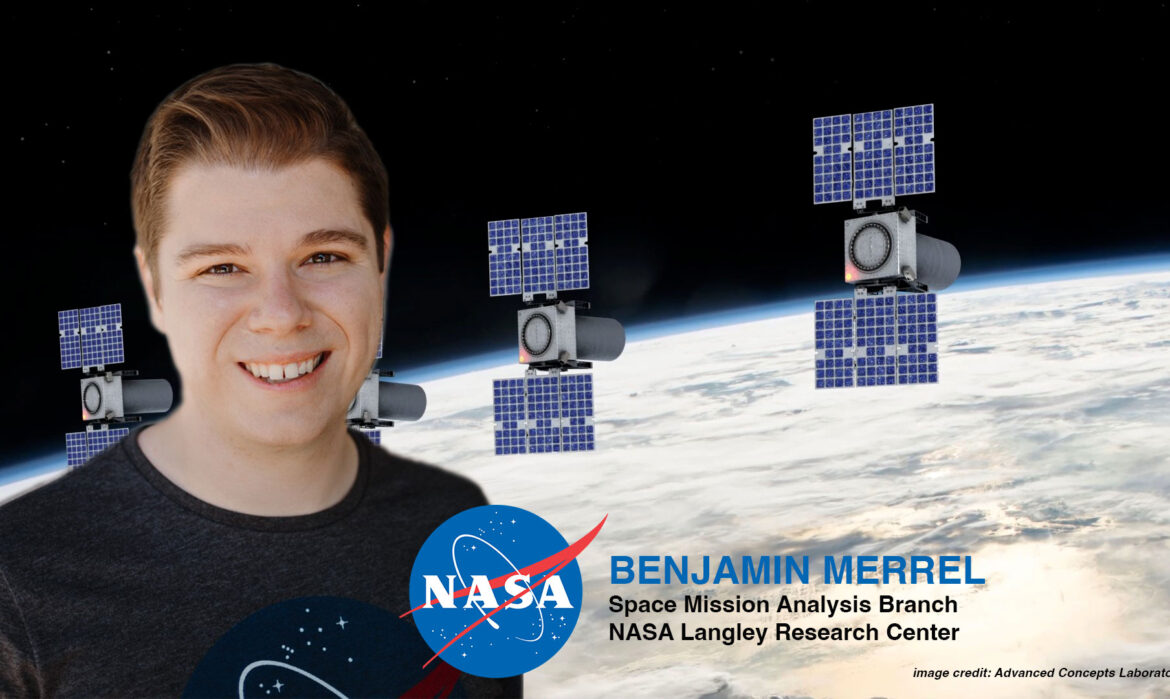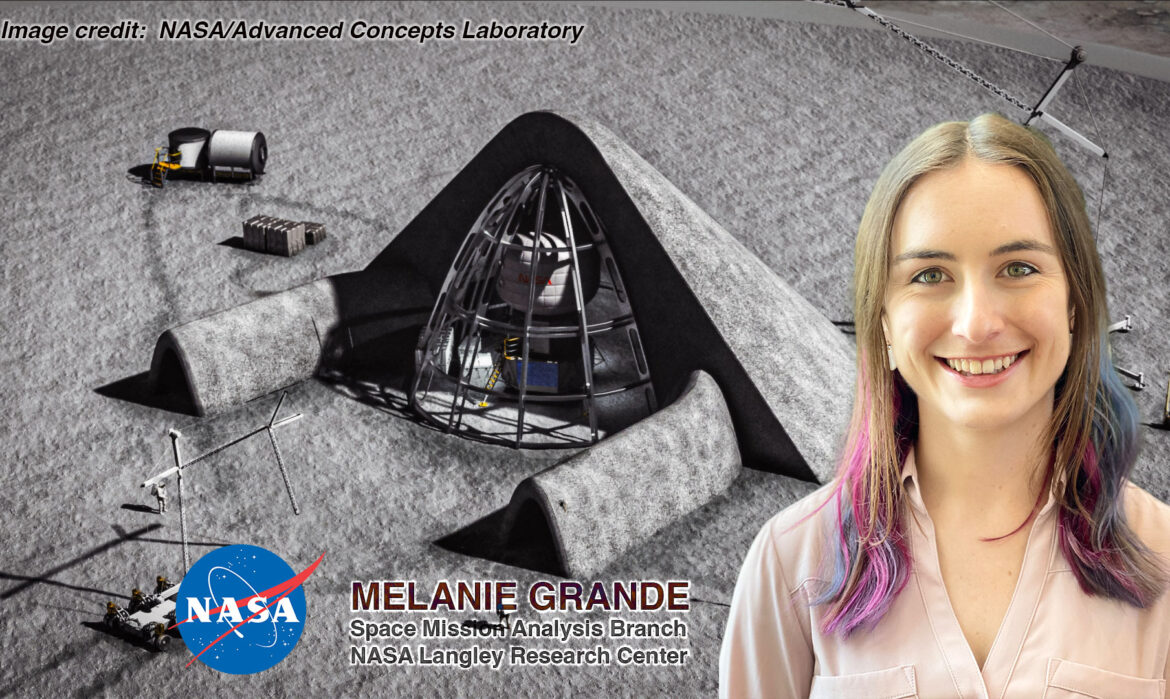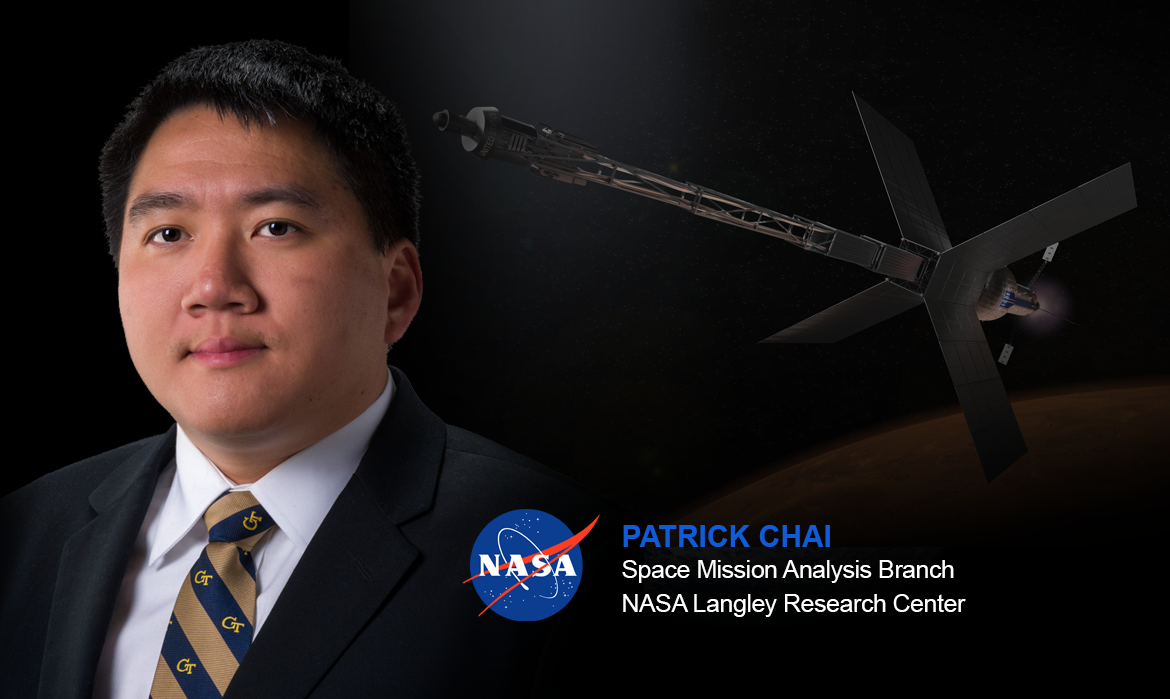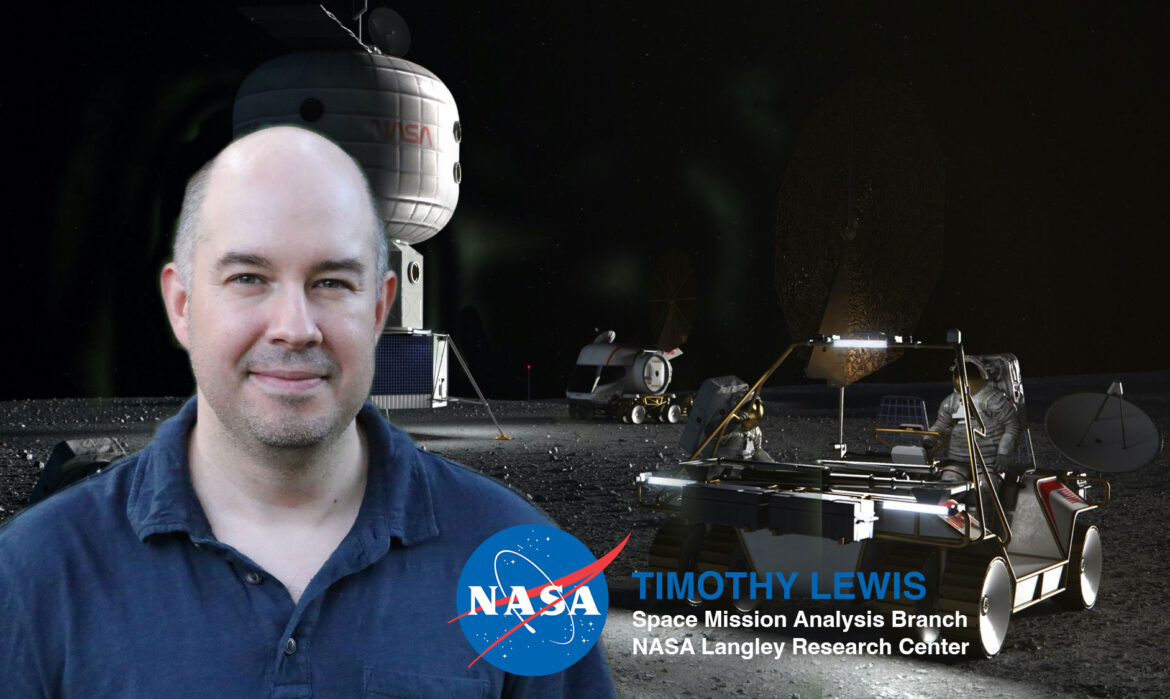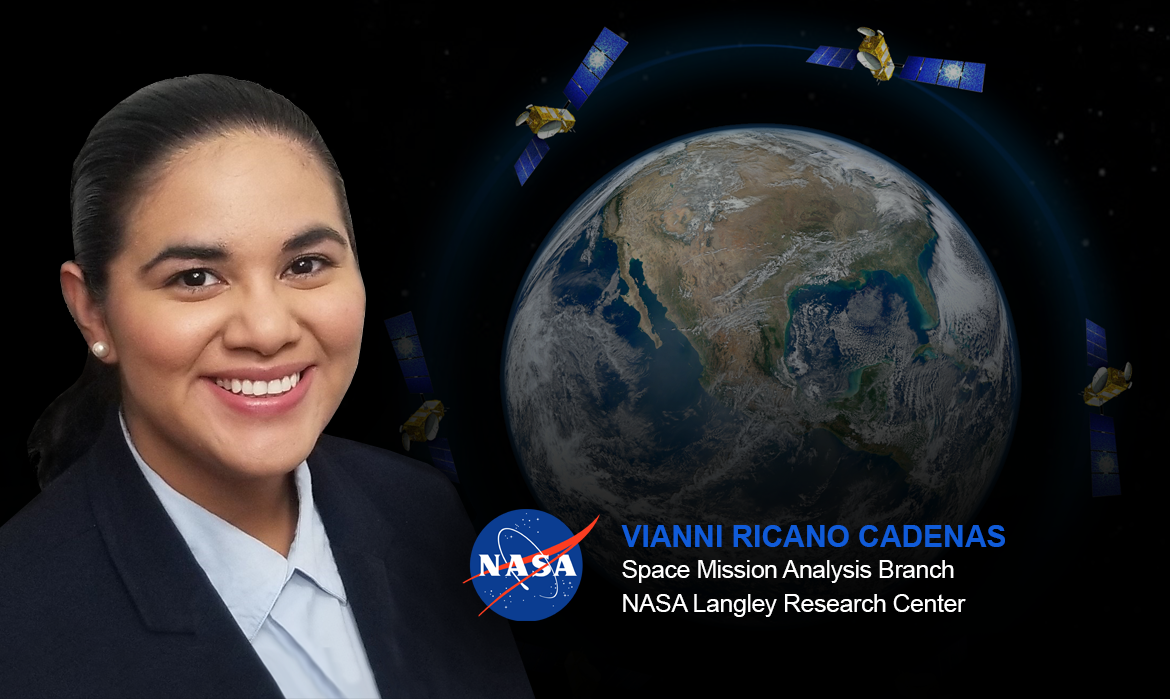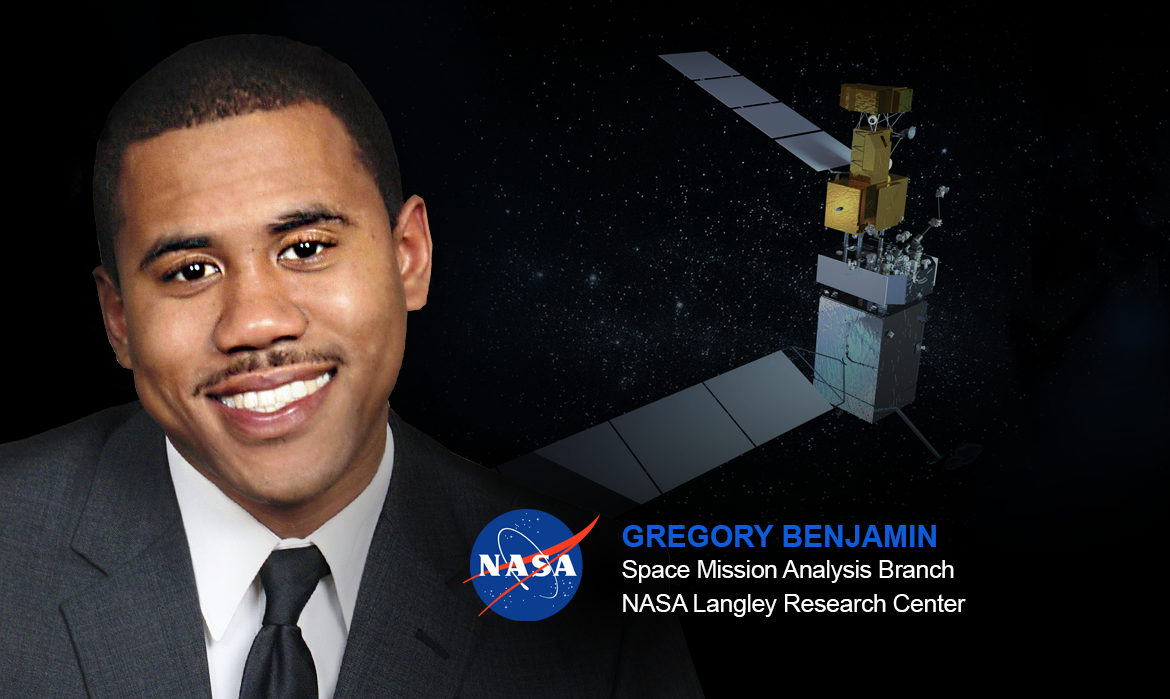Having Fun Animating the Future, featuring Bob Evangelista
How do you reach out to younger generations to show them NASA’s visions for the future? Bob Evangelista says that sometimes you have to try “something different, something a little daring.”
For Evangelista, a multimedia specialist with the Advanced Concepts Lab at the NASA Langley Research Center in Hampton, VA, that daring helped lead to the creation of an animated video (included below) illustrating how NASA could reduce the cost of space exploration by building new systems in space rather than on Earth. Often, these animations use highly realistic 3D models of future concepts to aid the audience in understanding the technical details. For this animation, Evangelista and his colleagues decided to go in a more fun direction.
The new animation used a brighter and more colorful visual style, combined with a lighter palette of sound effects and music, to appeal to kids. In making the video, Evangelista says “it brought the kid in me out” to get to create something with this tone. “Many animations we have done in the past were very technical,” he says. “NASA likes to go to elementary and high schools to explain what they’re doing.” For those students, Evangelista wanted to “apply some of the techniques I’ve learned in the past here.”

“It was a bold move to create this type of animation, and at the time we were somewhat afraid to do this. My boss said sometimes we really don’t know unless we actually try.”
Before joining NASA, Evangelista worked at a company that combined traditional and computer animation with live action to create kids shows. As an editor there, he combined many of the audio and visual elements to create the programming of the shows in ways that spoke to the company’s target audience. When the company folded, he got the call to come to NASA from a friend who was working in the precursor to the Advanced Concepts Lab, and has been using his talents for visualization to showcase NASA’s missions ever since.
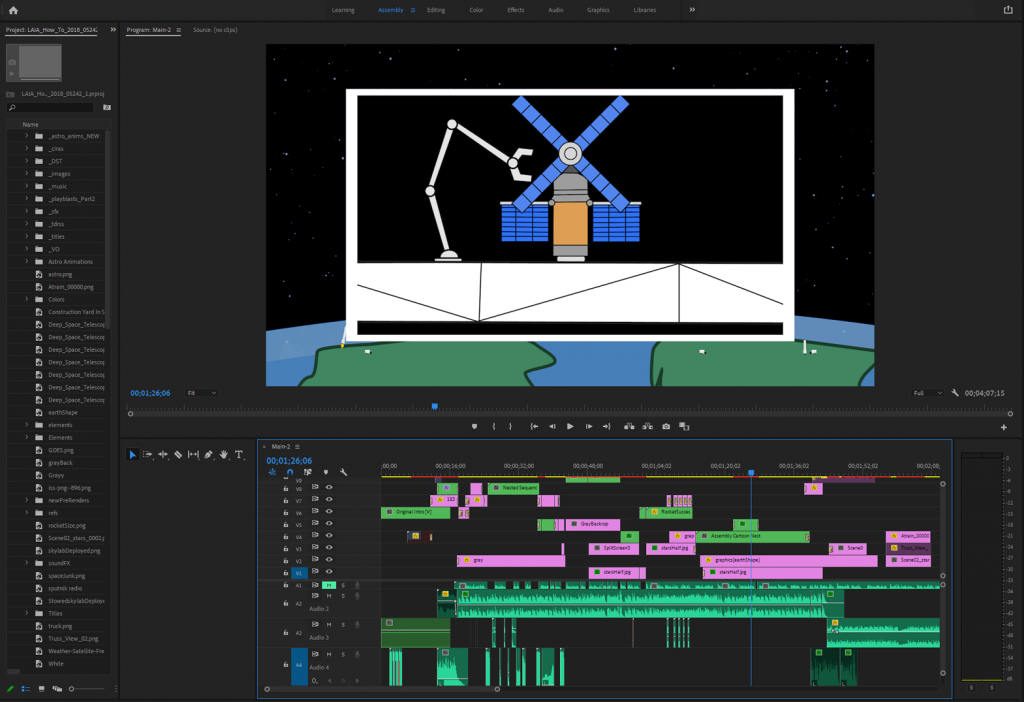
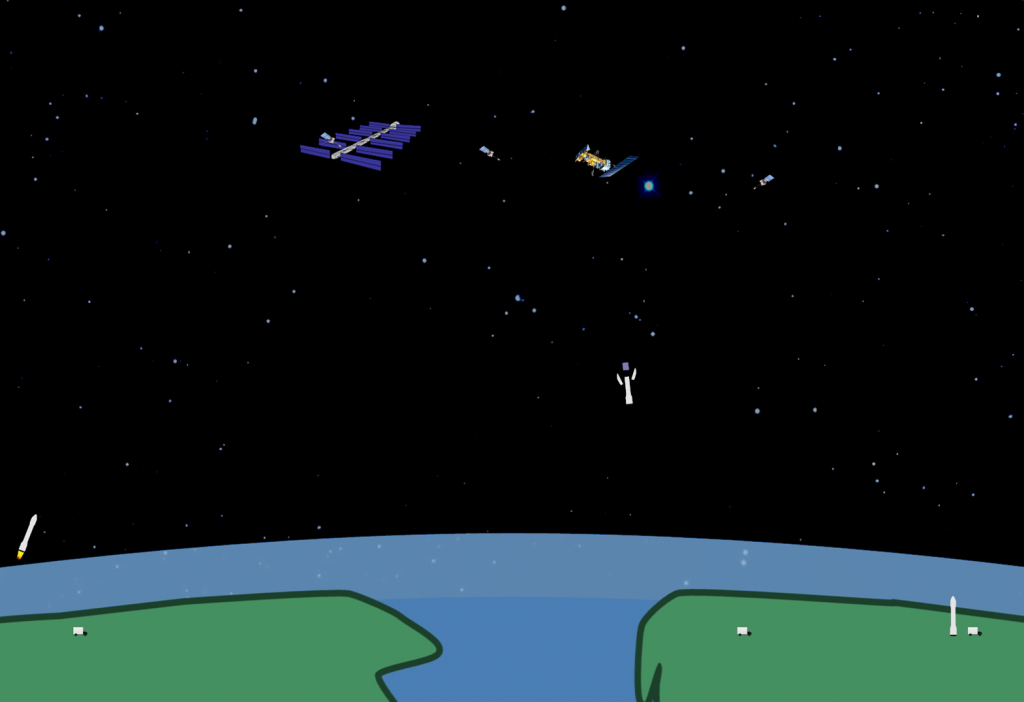
What did Evangelista learn from shepherding this animation from storyboard to reality? “It was a bold move to create this type of animation, and at the time we were somewhat afraid to do this. My boss said sometimes we really don’t know unless we actually try.” By taking that bold step, he succeeded in illustrating the concept of in-space assembly in a way that is more accessible to a wide audience, while still being grounded in the engineering rigor NASA is bringing to the problem.
Final video animation showing the use of On-orbit Servicing, Assembly, and Manufacturing to enable large, persistent, upgradable, and maintainable spacecraft. This video was developed by the Advanced Concepts Lab (ACL) at NASA Langley Research Center.
Evangelista sees room for this style of animation to be used for future projects as well. By having components that could reach younger generations and seasoned engineers, animations like this one can not only serve as communication tools for NASA, but can bring fun to the future of aeronautics and space exploration.
Author/Contact: Chris Jones
Published: December 2020

